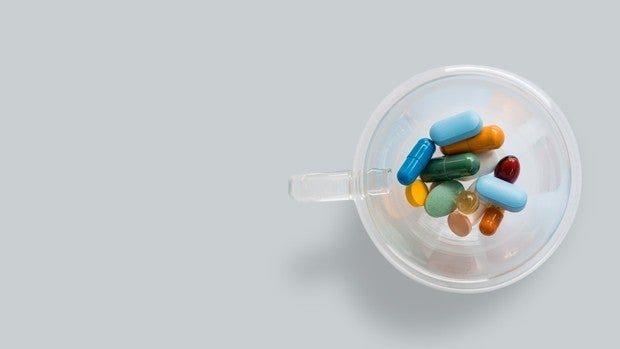


#YOU TUBE DOOMSDAY VAULT FOR SEEDS INSTALL#
The vault's operators have had to build additional flood defences, install new waterproof walls, and dig drainage ditches. The high temperatures in recent years have already partially melted the permafrost on which the facility's access tunnel is built, flooding it with water.

"There are already real problems because of the increasing risk of avalanches and landslides," said Professor Inger Hanssen-Bauer, head of the Norwegian Climate Centre and the report's lead author. Longyearbyen, the Arctic home of the Svalbard Global Seed Vault, faces potentially devastating avalanches, rockfalls, and floods over the coming decades as it warms faster than any other town on earth, according to the report Climate in Svalbard 2100.

Experts believe the vault could hold up to 2.5 billion seeds, representing over 4.5 million different types of crops.The site of the so-called 'Doomsday vault', designed to safeguard millions of the world's most genetically important seed from nuclear war, asteroid strikes and other disasters, is at threat from climate change, a new report has warned. The seed vault was built with a huge capacity to store seeds. Seeds stored in the vault were used to replace those from a gene bank in Aleppo, Syria, that was damaged in the ongoing war in that country. In fact, the first withdrawal from the vault came in 2015. Is it really necessary, though? Unfortunately, the answer is yes. Mainly, though, the Svalbard Global Seed Vault serves as a backup to the world's many other gene banks. claiming in a YouTube video posted Friday they have built a new vault just for. They represent a valuable genetic resource for scientists who seek to create new varieties of crops with special traits, such as increased yields, pest resistance, improved nutrition, and drought tolerance. Both will be adjacent to the more famous Svalbard Global Seed Vault that. In case of a mechanical breakdown, the seeds would remain safe.Īlthough the seeds stored in the vault could one day be used to regenerate crops that have gone extinct due to a worldwide disaster, there are more immediate, practical uses for them, too. Although the seeds stored in the "Doomsday Vault," as it's sometimes known, are refrigerated to a temperature of about 0º F, the area stays naturally frozen year-round. The location in the Arctic Ocean halfway to the North Pole was chosen for its remoteness and climate. In 2008, Fowler's idea came to life when the Svalbard Global Seed Vault was carved into the side of a mountain on a small island above the Arctic Circle in Norway. In 2003, scientist Cary Fowler began to develop an idea for a global seed vault that could serve as a fail-safe backup facility for all of the world's seeds. Natural disasters, wars, and even breakdowns in machinery, such as refrigerators, could wipe out the stored seed samples. While those gene banks are great sources of seed samples, they're also vulnerable to the same types of disasters they're meant to protect seeds from. Currently, there are over 1,700 facilities around the world - called gene banks - that house collections of seeds. In the case of events like these, scientists need samples of seeds they can use to create new supplies of seeds to reestablish food crops in the aftermath of terrible disasters. There are a variety of things that could threaten food supplies, including climate change, severe droughts, floods, and even nuclear war. They also help to set aside seed samples for the future in case of a catastrophic disaster that could wipe out certain crops.ĭo we really need to save seeds for the future? Scientists believe it's a good idea. Today's farmers and scientists strive to cultivate the best quality seeds that will continue to produce the largest, healthiest harvests. Isn't it incredible how all that genetic information to grow a plant can be contained inside a tiny seed? If you've ever planted a seed and watched it grow into a plant, you've seen the amazing transformation that turns a tiny seed into a large plant that can produce fruits and vegetables. How would you go about growing food on your new home planet? If the new planet has soil similar to Earth, you'd probably just need to plant seeds and hope they grow into healthy plants like they would on Earth. The new planet might have its own native fruits and vegetables, but Earthlings would probably want to grow crops they're used to eating. One of the things you'd probably want to get started on as soon as you arrive is growing food. Do you think scientists will ever find another planet almost exactly like Earth that could support human life? Imagine what it would be like to be part of a team selected to travel to a new planet to start a new settlement.


 0 kommentar(er)
0 kommentar(er)
